Sometimes in the cities and the countryside, you may often see “boiling” cars. It often turns out that the motor starts to clatter because of a clogged radiator or failed pump. And especially at that time, you can only sympathize with the person who will have to shell out a decent amount for the repair of the motor only because he forgot that it is essential to change the coolant in the truck in time. In this article, I will talk in detail about how to change the coolant and how often it has to be done.
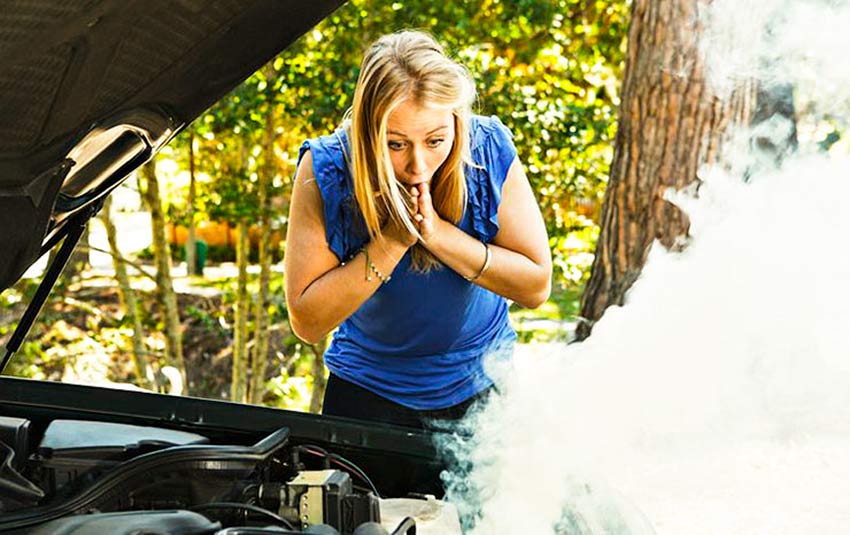
Coolant for Ford Explorer
Coolant is a non-freezing process fluid created to cool a running Ford Explorer motor at outside temperatures ranging from + 40C to – 60C. The boiling point of antifreeze is about +110C. The function of it is also to lubricate the inner surfaces of the Ford Explorer system, with the water pump, resisting corrosion. The state of the fluid determines the life of the item.
Kinds of Coolants for Ford Explorer
Kinds of antifreeze are separated by the additives it includes:
- Traditional types of the item
- Hybrid types of antifreeze G-11
- Carboxylate types of antifreeze G-12, G-12+
- Lobrid coolants G-12++, G-13
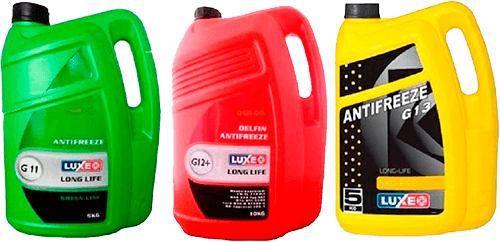
Whether you want to refill the coolant in the Ford Explorer, it’s way better to mix just one type of it, not a color. Water in the radiator Ford Explorer prohibited to fill, because in the heat at 100C water will boil, the scale is formed. In freezing weather, the water will freeze, pipes and radiator Ford Explorer will certainly break.
Replacing the Coolant
There are some reasons for changing the coolant in the Ford Explorer:
- Antifreeze expires, that is, the concentration of inhibitors in it declines, the heat transfer lowers
- The level of coolant from leaks has lowered that is, its level in the expansion tank of the Ford has to be stable. After that, it can escape through leaks in joints and, maybe, spigots
- Declined coolant level because of the motor overheating that is, the coolant starts to boil, a safety valve opens in the cap of the expansion tank of Ford Explorer cooling system, discharging its vapor into the air
- Replacement of components of the system of the Ford Explorer or repair of the motor is made
Often triggering the electric radiator fan in the heat is a reason to verify the quality of the coolant. If you do not make a timely change of the coolant in the Ford Explorer, it will lack its properties. And therefore, as oxides form, there is a risk of motor overheating in summer and it’s defrosting at subzero temperatures. The first replacement period for G-12+ coolant is 250,000 km or five years.
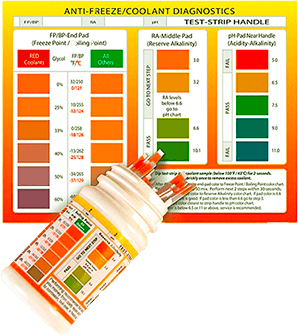
Signs by which to determine the condition of utilized coolant in the Ford Explorer:
- Test strip results
- Measurement of the item in a Ford Explorer with a refractometer or areometer
- Changes in the color shade: for example, was green, became rusty
- Presence of chips, scale, and foam
Replacing the coolant in the Ford Explorer is not a difficult process. So, how to replace engine coolant? Just follow the next steps:
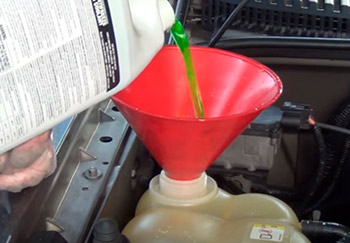
- First, you have to turn off the running Ford Explorer motor and, if possible, let it cool down.
- Place a container under the radiator, with a volume of 7 to 11 liters.
- To relieve pressure in the Ford Explorer cooling system, slowly turn the expansion tank cap counterclockwise. If the cap is removed quickly, the high-pressure antifreeze could burn the driver’s hands and face.
- It is essential to drain the radiator fluid in the Ford Explorer in two ways: through the drain cock, the lower tank, or by disconnecting the lower socket. A rubber hose is put on the drain spout, which should lead to the container for drainage.
- Drain the coolant in the Ford Explorer will also be required from the cylinder block. To do this, you want to find the drain plug.
- Fully opening the plugs, the vacuum inside the Ford Explorer hydraulic radiator system is removed, and the antifreeze is drained by gravity into a container. The condition of the coolant used determines whether flushing is important. If the fluid does not flow out, the drain may be clogged with dirt.
- Flushing the Ford Explorer cooling system surely eliminates the protective layer of the previous coolant, this is vital when switching from one type of the item to another.
- Now screw in all drain plugs, pour the new coolant through the expansion tank or the upper radiator opening.
- Then you have to start the motor and let it run for about 10 minutes. When pumping the system, air will escape through the filler neck. As the coolant diminishes, you must refill it until it is at the required level. Wait for the motor to cool down before topping up.
- After completing the work, check for leaks.
Flushing the cooling system Ford Explorer, before pouring a new coolant, certainly eliminates the protective layer. To flush the radiator of the Ford Explorer you need to utilize a specific agent, which is frequently diluted with water in accordance with the regulations.
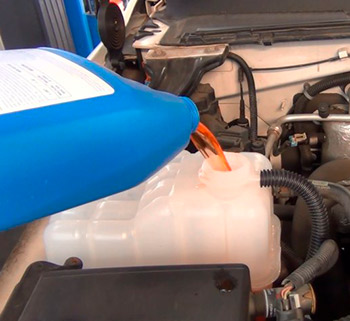
Ready flush is poured into the expansion tank radiator Ford Explorer with the motor turned off. It is necessarily needed to preheat to operating temperature so that the thermostat opens and the coolant starts to circulate in a big circle of the cooling system.
Then the motor is started and allowed to idle for 30 minutes. The flushing fluid is drained out. Repeat the process varying on the composition of the flushing liquid. Washing mixture may be utilized only in the first run, in the next runs distilled water. Coolant replacement time on the Ford Explorer is from half an hour.
How Often Should I Change Coolant?

The coolant for Ford has to be changed based on the factory service requirements, considering the above factors. To determine the interval of replacement it is greater to contact a specialist, who will not only diagnose the coolant, however, the entire cooling system as a whole. One more small detail is after the coolant replacement the label with replacement date, manufacturer and coolant designation should be attached to the expansion tank. The paper is small, but at the right time will come in handy.
That’s It!
Now you know all about coolant, how and how often it should be replaced. Agree that the process of changing it is not that complicated! After replacing the antifreeze, you will definitely see a big difference in the performance and productivity of your Ford Explorer. And if you enjoyed this tutorial, I also suggest you write down your thoughts in the comments and share this link with your friends!
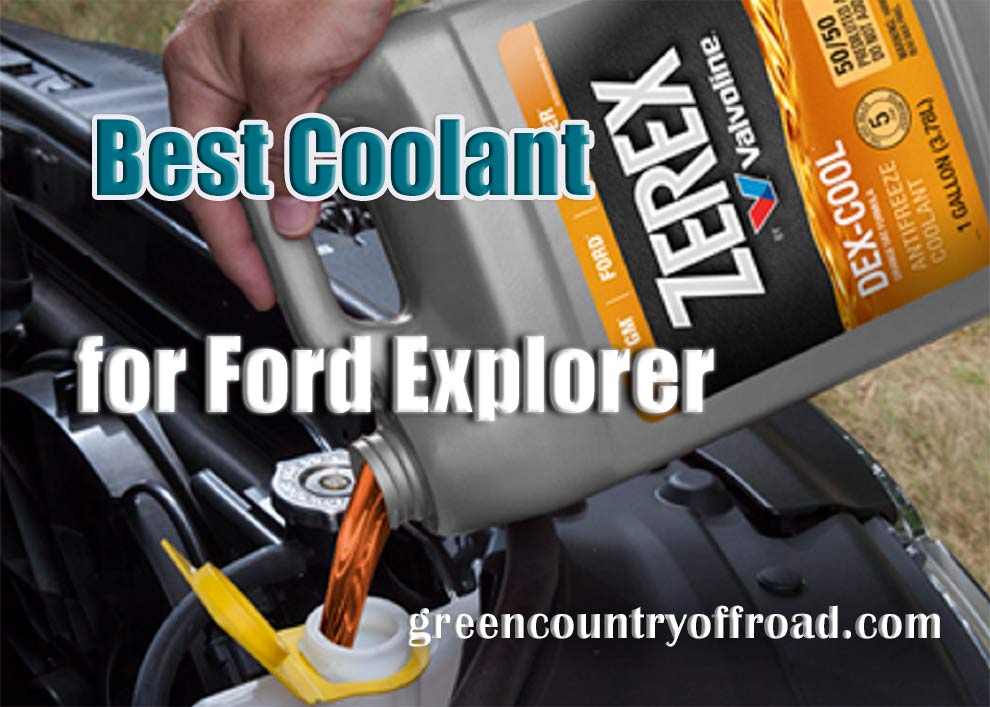


Leave a Reply